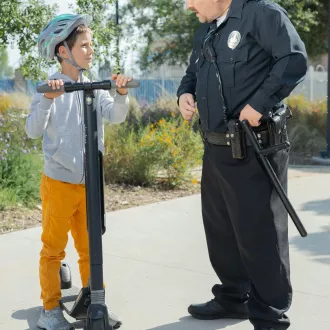Transcription Learning and continuous improvement through problem solving.
Problem solving is a complex process that involves identifying and defining the problem, generating solution alternatives, evaluating these alternatives and selecting the best option.
In the context of child autonomy, problem solving can be applied in different areas of daily life, such as feeding, personal hygiene, dressing and household chores. In this sense, it is important for parents and caregivers to foster this skill in children from an early age.
To foster learning and continuous improvement through problem solving, it is important to follow certain guidelines and strategies. Below, I will present some of the most relevant ones:
- Encourage creativity and imagination: Creativity and imagination are fundamental problem-solving skills, as they allow the child to explore new alternatives and solutions. To encourage creativity, the child can be invited to imagine different solutions to a problem or to create stories in which similar situations are solved.
- Provide opportunities for decision making: It is important for parents and caregivers to allow the child to make decisions in everyday situations, such as choosing the clothes they want to wear or the type of food they want to eat. This will allow them to develop their ability to evaluate alternatives and make informed decisions.
- Teach the importance of trial and error: Problem solving involves the possibility of making mistakes and learning from mistakes. Therefore, it is important for parents and caregivers to teach children that failure is a learning opportunity and that they should keep trying until they find the right solution.
- Provide constructive feedback: It is important for parents and caregivers to provide constructive feedback to the child during the problem-solving process. Feedback can include comments on the solution alternatives generated, the advantages and disadvantages of each, and suggestions for improving the solutions.
- Encourage collaboration and teamwork: In some cases, problem solving ca
learning problem solving




